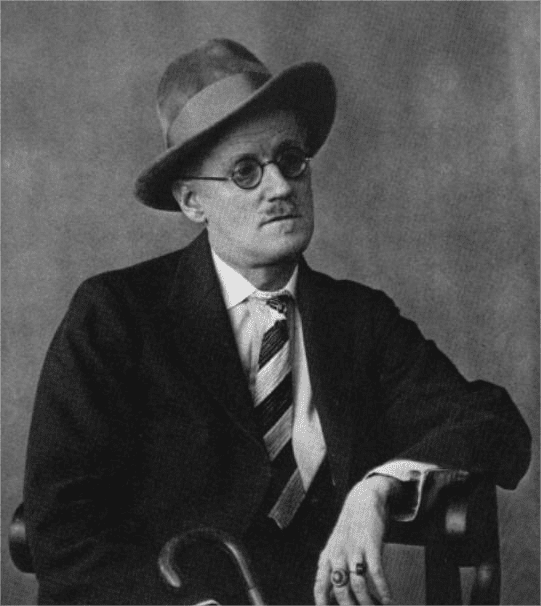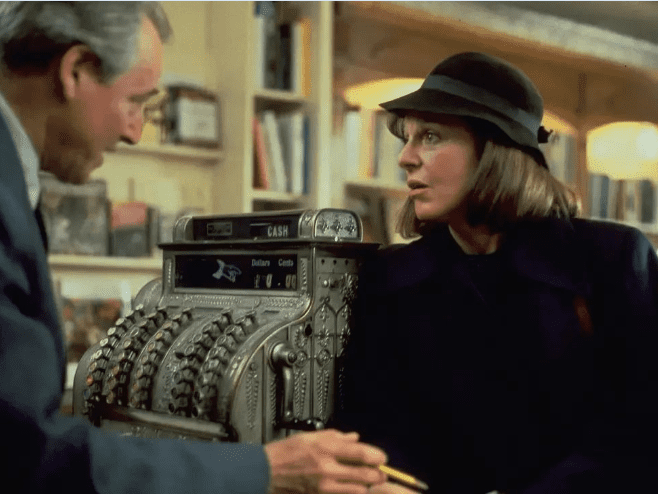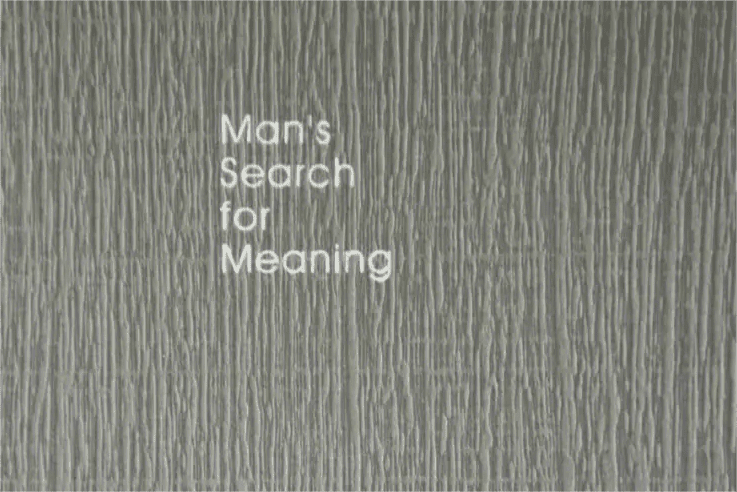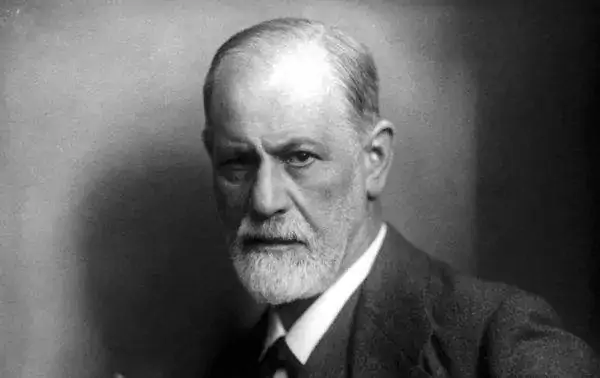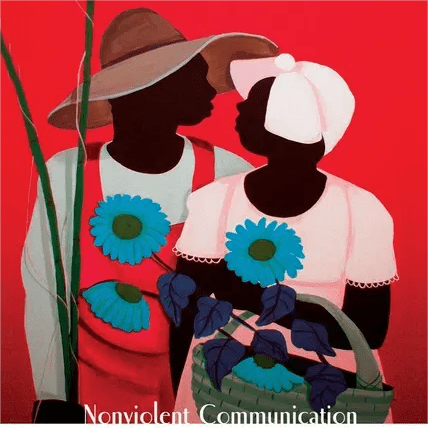In the narration of the novel, if we want to get a real understanding of life, we must have multiple angles and dimensions to see life and listen to the voice of life. Munro’s writing isn’t broad, and characters come and go in one story and cameo in another. But Monroe’s mind is infinite. Her mind broadens the depth and breadth of her writing. That’s what’s so fascinating about her.
Three characters: mother, young “me”, Sadie.
Authority is everywhere, whether we admit it or not. What is the truth under the influence of authority? What is the individual consciousness of the self? Whether it is blurred under the sense of authority.
“I” know that’s not what I really think. But until the baby sister was born, “I” didn’t realize how different my feelings were from my mother’s. So can we think that after the baby sister was born, due to the shift of the mother’s attention, “I” get relatively independent time and space to look at my mother and “I”. The germ of individual independent thought exists in early childhood. But Mom didn’t see “me” as an individual with an independent mind. In the mother’s mind, “I” is a vassal, is the mother’s thing. Although the birth of my sister distracted my mother’s attention, my mother still manipulated my cognition of the whole society with thoughts, thoughts and words. My mother is my authority to know the world. Years later (this is an evocative novel) “I” realized that “Mom didn’t really tell me how to feel about things.” After my sister was born, “I” realized that my feeling was different from what my mother said because of the relatively independent time and space. Mom’s consciousness filled the house. “I” find this smell of mother ominous. Does Monroe’s use of two ominous words mean that each of us has a right to truth, to our true feelings?
“I” also try to go along with her mother, only for her mother happy. At a deep level, does our deep individual consciousness retreat to some unknown corner when authority is imposed on us in the name of love? I also had such mentality in my childhood, but Munro excluded moral and secular values in the novel, only from the individual psychology to understand this unique psychological feeling, while we often do not leave the surface of life flashy. When my brother, the third child in the family, was born, my mother kept saying that he was some kind of gift to “me.” “I” understood how different my mother’s idea of “me” was from my own. Because I know I don’t like my brother. After Sadie’s arrival, Mother retreated to her and her two children’s territory, and of course, “I” once and for all to realize that my own consciousness is not the consciousness of others – the truth. And “I” learn to hide my true feelings from others.
Sadie came to work in my house. [One of the most unusual things about Sadie, though not emphasized in our house, is that she’s a celebrity.] Of course this is my opinion. One of the great things about Monroe was that he never stood in the same place to look at things and people. [The more informed people in town often laughed at her songs and the whole station… who listened to a Toronto station that played popular songs of the day…] (But people at the farm like the local radio station and Sadie’s songs.) In this segment, Monroe confers on Sadie, a girl who lives in a farmhouse. She is far from elegant life, her life is very simple, only about life.
Sadie is a key character in the novel. My mother was a serious and refined person. In her mother’s mind, she could help Sadie live a refined life, or try to manipulate Sadie’s rustic temperament. But Sadie didn’t show that she wanted anyone’s help, that she wanted to change herself, that she wanted to be manipulated. So Sadie is unusual to me. [Sadie goes dancing every weekend, alone, by herself and for herself.] She goes dancing and pays for herself. She also went to another dance hall on the highway outside the town. The people there were better dancers. They were usually from the town. She still pays to keep any male partners from harassing her. She danced just for the fun of it. She is in no hurry to get married. Sadie likes to talk to me. She’s not like some people, she said. She doesn’t want to get stuck. When she said this, “I” felt suffocated and could never get out. Sadie said [” Nothing in this world is to be feared, as long as you watch out for yourself. “] In Munro’s novel, I felt reality and imagery intertwine again. In the novel, Sadi is an image, an image of an independent individual pursuing a simple life. Or the embodiment of truth. What Sadi presents to “me” is another image of resistance to the shadow and oppression of authority. It’s a very different world from the one my mom gave me. Is it true that we must see the truth of the world through the refraction of different people to see clearly?
Munro sets out the second part alone, which is a conscious struggle for the “I” in view of Sadie’s existence. “I” admitted to liking Sadie, but also gave in to mom’s approval, just want the conversation to end soon. Monroe is very good at capturing the deep psychology of people through dialogue. Mom knew deep down that Sadie’s presence threatened her authority over “me.” “I” in mother’s deep is her object, her appendage. In fact, individual awakening occurs in every growing individual at all ages — including early childhood. Is Munro writing about people’s sense of self?
Part 3 Monroe involves Dad in the evaluation of Sadie. “I” began to rebel, no longer conforming to my mother’s wishes. I didn’t make decent town friends like Mom wanted me to. (The town represents a decent, civilized, elegant life and, of course, the concealment of one’s own nature.) “I” worshipped Saadi, individuality and freedom. (Note: Individuality and freedom are not the preserve of adults. People have this subconscious, including children.) Dad listened to Mom’s complaints and didn’t take sides. Mom wanted school to start soon and “me” to stay away from Sadie. I knew I liked Sadie teaching me to sing her songs. In this part of consciousness. My mother’s truth about the world was the consciousness and life of the people in the small town. The more informed people in the town used to laugh at her songs and the whole radio station… Those people listened to a Toronto station that played the popular songs of the day… Mom hopes that’s how “I” really see the world. But “I” was a very sensitive and rebellious girl. I saw the truth in my mother’s eyes, the truth in Sadie’s eyes, and the truth in my own eyes. My brother is not troublesome. He will grow up healthily. Munro is calm, restrained and ironic. What consciousness is truth in the eyes? What does the truth matter? The happiness of healthy growth and ignorance of truth is also a truth of life. This sentence heralds a shift in the style of the novel. Close reading gives one thought.
Monroe says it’s a nonfiction story. I don’t know if the story about Sadie’s accident is true. I only think that as a writer, Munro’s emotion is extremely cold. She only focuses on the consciousness of her works, gives up all personal feelings, and pours all her strength into “me”, a little girl. Mercilessly chop meat with a pen. What a cruel woman. Perhaps Munro’s ruthlessness is what it takes to be a writer.
In the main part of Part 4, Sadie dies in a car accident. Let’s see how Munro writes about “truth in the eyes” — about Sadi.
This part of the scene is not at home, outside the home. At home Mom has enough confidence that she is the authority, the master of consciousness. Outside the home, Mom wasn’t sure of herself because of her external environment. She even needs “me” as her ally. They go to Sadie’s house.
The scene is all from my point of view. It is like a holographic film that has been vetted by the “I” (which replaces Sadie as the real image). Munro dealt with this part by adding the views of the two children, which I personally think is Munro’s emphasis on the truth of “I” cognition. Read at this time, I have a doubt, with “my” eyes to see the adult world some false; So what I saw must be real? Of course, Munro’s intention is not to pursue the truth of life, but only through the eyes of “me” — a way of opening up the layers of life, showing us that life is a place where multiple eyes can be shot, and that its truth may not be in the consciousness imposed by others, or in the performance of your daily life, but in the deepest part of your soul, which can not even be said, but can only be tasted alone. And the truth has nothing to do with happiness and healthy growth on the surface of life.
In the presence of the dead Sadie, “I” found the adults around me acting, although what they said and did was true. But “I” feels so strange. Munro, of course, doesn’t write about how “I” feel directly. Monroe paint pen. For example, my mother dresses me in her best clothes and she dresses herself for church. Not to see dead Sadie, I think, but to a party. Of course, it is okay to wear this way, but from the depth of Monroe’s words, I feel that when “I” look at my mother, she is not very sad about Sadie’s death. She is just trying to show her noble and gracious side. The people around him did the same.
Monroe then recounts how Sadie was hit by a car. Monroe is very interesting in this description. He turned Sardi into Camus’s Morseau, an outsider who only cared about his own feelings. You see Monroe’s term “right of way”; “Make way for her.” These words imply the value of a Munro, and no writer can be absolutely objective when writing. In this passage, Monroe doesn’t do it, can’t do it. Writing itself is a subjective consciousness.



